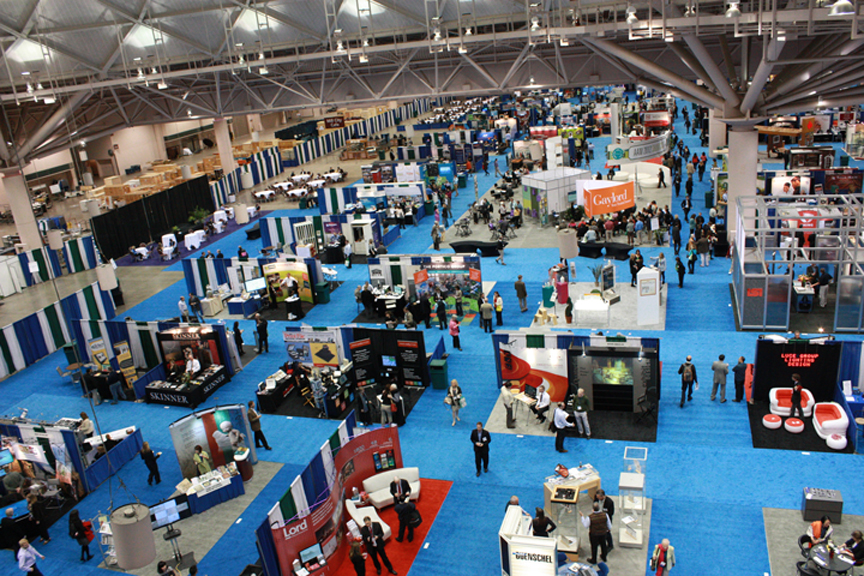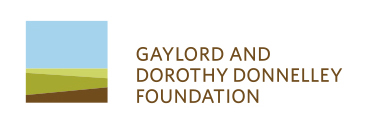
Exploring Collaboration and Creativity in Collections
The Foundation recently approved a new strategy to increase public access to regionally-focused collections, concentrating support in three areas: at-risk materials, digitization and creative interpretation. With new strategy in hand, GDDF Executive Director David Farren and I recently attended the American Alliance of Museums annual conference in Washington, DC to strengthen our understanding of the evolving collections field. More than 6000 people were in attendance for the 5-day conference, the largest gathering of collections professionals of all types. There were over 150 sessions to choose from, ranging from nuts and bolts topics to cutting edge approaches to both “front of house” and “back of house practices.”
One area of particular interest is creative interpretation in museum curation. In a presentation about the new National Geographic exhibit on the Greeks, the panel discussed the importance of framework in the development of exhibitions to ensure a multi-sensory experience, for the visitor as well as building trust among collaborators and allowing individual creative freedom. Museum professionals also discussed the mechanics of fostering creativity. One challenge repeated in many of the sessions was the old school vs new school approach to curation, getting senior staff to move beyond “don’t touch the art”. The IMLS publication “Museums, Libraries and 21st Century Skills” was referenced as a guidepost for institutions interested in assessing their own ability to bring creativity into their institutions and building frameworks for implementation. Panelists in two sessions discussed how their institutions found new ways to focus on user experience with some incorporating the recent makers’ movement, and some bridging history with today’s pop culture, using music, TV, and gaming to renew interest in historic artifacts in new ways.
Collaborations and community engagement was another key theme of the four-day conference with many of the discussions centering on how collections institutions can provide guidance to and gain insight from diverse communities to strengthen their work. Deb Mack of the Smithsonian National Museum of African American History and Culture which opens in September, discussed how the staff is working with multiple project partners across the globe to help tell the African American story in an international context while developing capacity for partner institutions. One project in particular is linked with a research lab in Dakar, Senegal, training research associates to gather the stories of the seven descendent communities of the enslaved Africans. The insight regarding these partnerships is important as we explore more meaningful ways to preserve the cultural resources and history of both regions such as Gullah Geechee in the Lowcountry.
As a collections grantmaker, we believe it is critical that we continue to learn innovations and challenges in the field to inform our grantmaking. The AAM conference has helped increase our knowledge of the opportunities for creative interpretation, gain a better understanding of the fundamentals of collections management and gave us an opportunity to network with our colleagues and peers.


Sorry, the comment form is closed at this time.